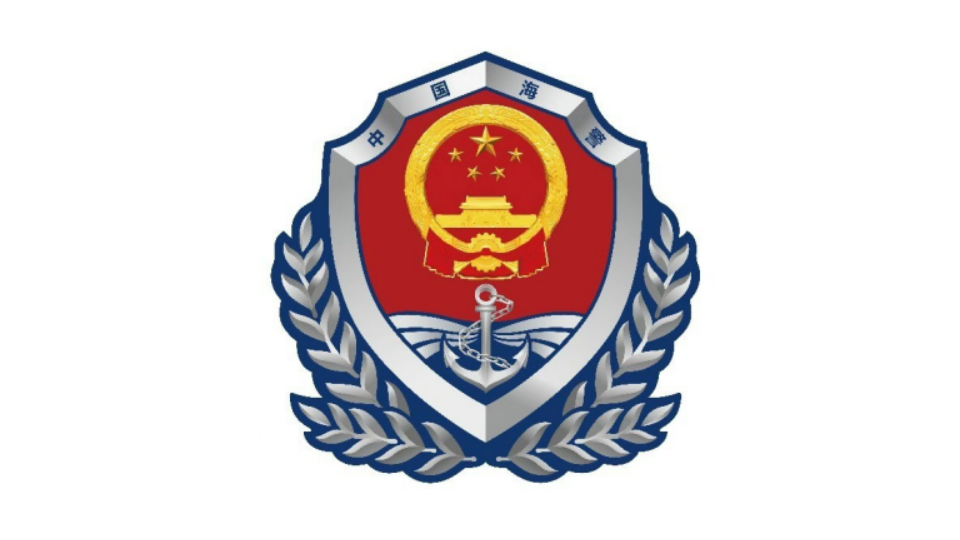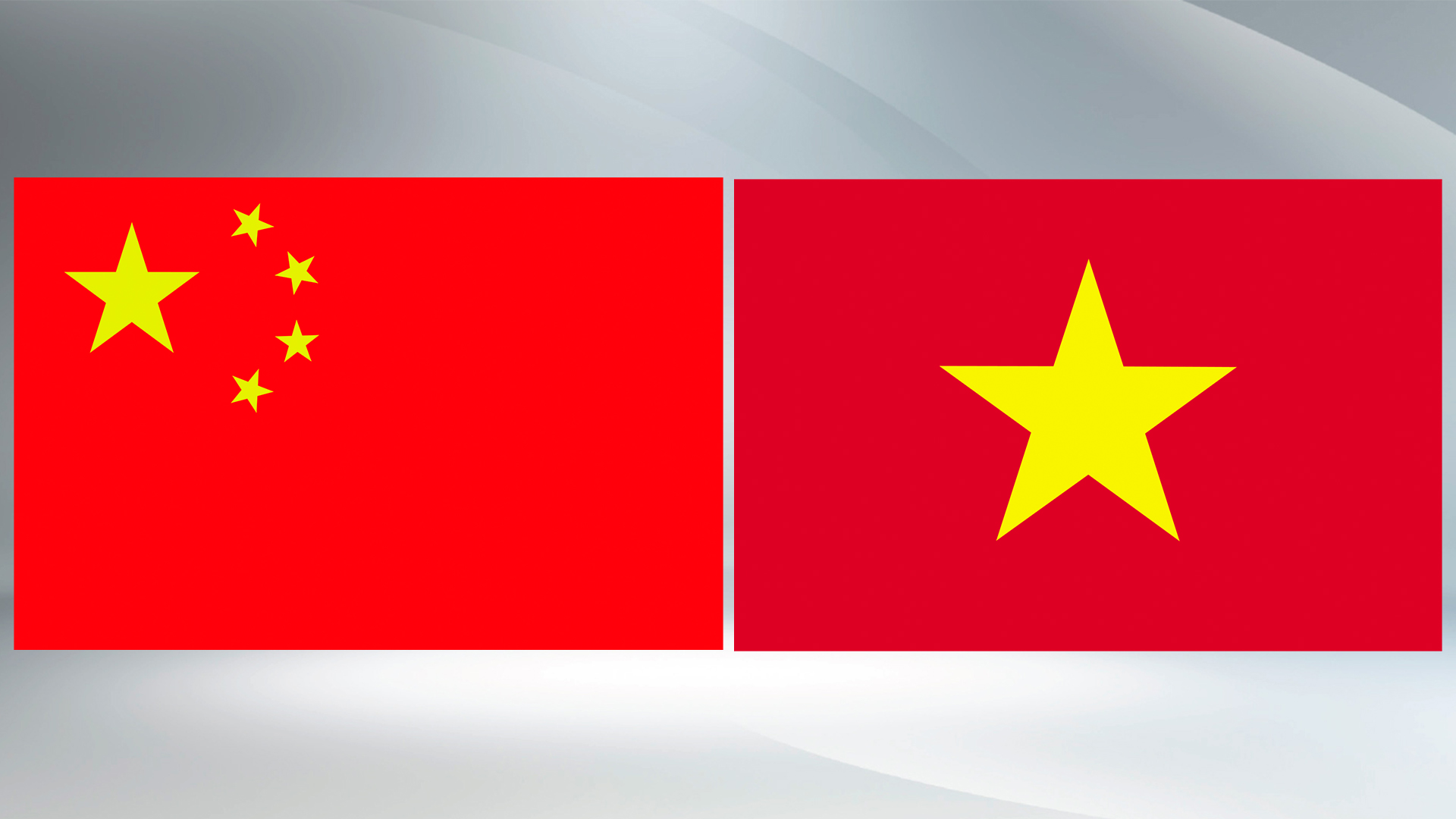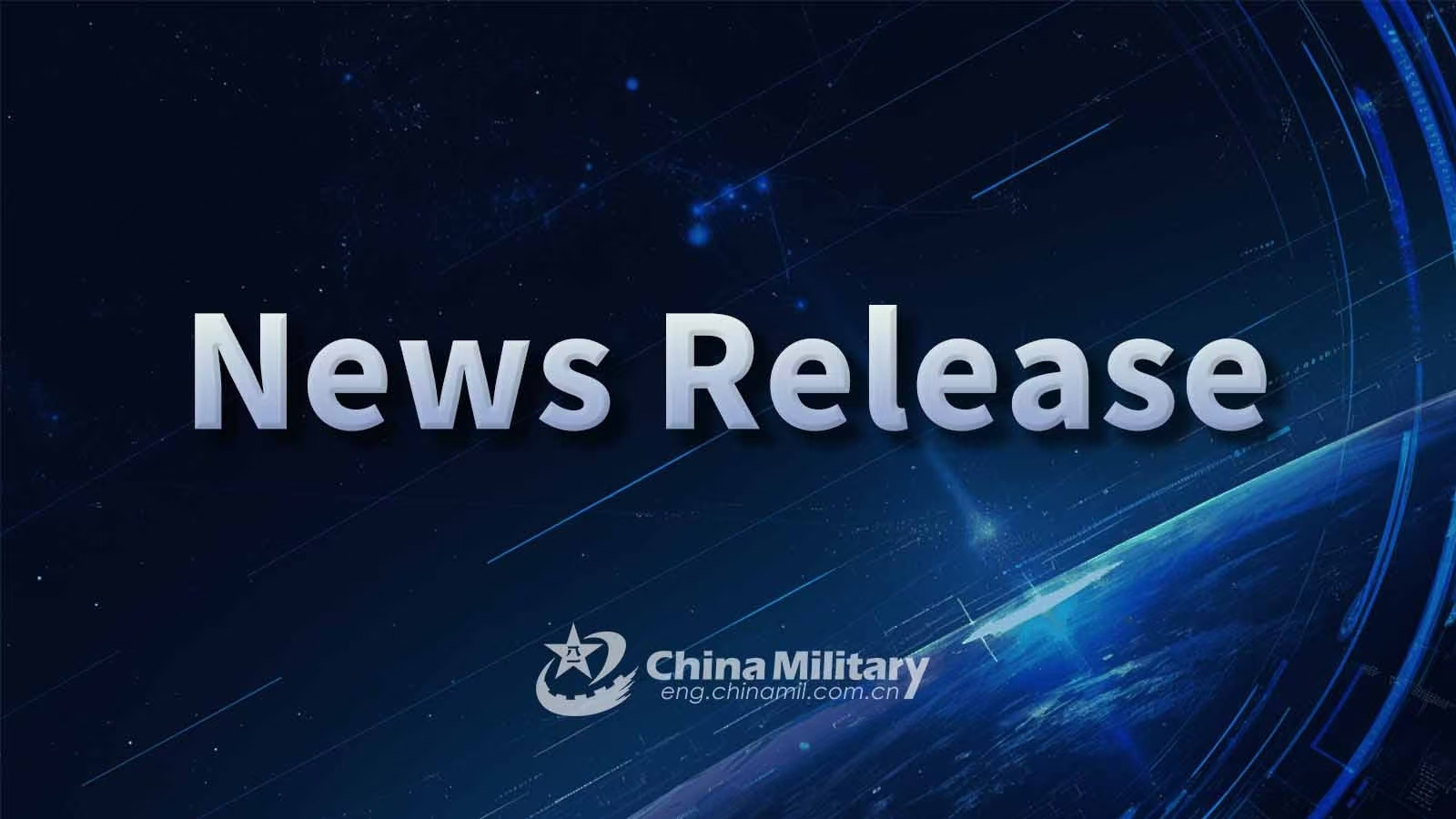By Hua Dan and Wang Zeyan
华 丹 汪泽焱
In the annual white paper Defense of Japan 2023, the Japanese government not only identifies China as "an unprecedented and the greatest strategic challenge," but also promotes the development of counterattack capabilities and significantly expands the armaments. Moreover, it introduces the concept of a more aggressive deterrence-building approach. This white paper, released as the first edition following the revision of three security policy documents at the end of the previous year, perpetuates the defense policy tone of shifting from defensive to offensive, straying from the pacifism and the Exclusively Defense-Oriented Policy. This has triggered profound concerns within the international community.
日本政府通过的2023年版《防卫白皮书》,除了将中国定位为“前所未有的最大战略挑战”外,还在鼓吹发展反击能力、大幅扩充军备的基础上,抛出更具攻击意味的“威慑力建设”构想。作为去年底修订出台的三份安保政策文件之后的首版白皮书,该文件延续了“转守为攻”的防卫政策基调,背离和平主义和“专守防卫”原则,引发国际社会深切担忧。
The new edition of Japan's white paper not only repeats the same rhetoric and continues to exaggerate the so-called "China threat", but also spreads misinformation by sensationalizing the normal construction and development of the Chinese military and its activities, labeling China's military intention as a "major concern" for Japan and the international community. These various attempts to portray regional security threats can hardly mask Japan's intention to seek excuses for its own military expansion and buildup.
日本新版白皮书不仅老调重弹,继续渲染所谓“中国威胁”,还抹黑炒作中国军队正常的建设发展和军事活动,称中国的军事动向是日本和国际社会的“强烈担忧事项”。种种渲染周边安全威胁的论调,难掩日本为自身强军扩武寻找借口的企图。
Using the pretext of external threats, Japan aims to significantly enhance its military build-up and emphasizes the concept of "deterrence-building." The new white paper outlines Japan's development objectives of military build-up for the next 5 to 10 years based on the perceived "level of threat" and the adversary's attack capabilities. These objectives include enhancing capabilities for stand-off strikes, unmanned operations, and rapid deployments – all with offensive capabilities. Furthermore, the new white paper explicitly states that defense expenditures from 2023 to 2027 will reach an unprecedented 43 trillion yen, with a strong focus on developing various counterattack capabilities.
以所谓外部威胁为借口,日本谋求根本性加强军备建设,并着重强调“威慑力建设”。新版白皮书根据日本所受的“威胁程度”和对手攻击能力,提出未来5至10年军备发展目标,包括增强防区外打击、无人作战、机动展开等攻击性能力。同时,新版白皮书明确提出,2023至2027年5年间防卫费将增至前所未有的43万亿日元,着重发展多种反击能力。
It's noteworthy that, in order to enhance deterrence and achieve development goals of military build-up, the new white paper places emphasis on how to establish the Architecture for National Defense. This involves understanding the strengths and weaknesses of adversaries in combat domains and adopting the method of new-domain forces with new combat capabilities. It aims to build an overall national defense architecture by integrating its national power, which includes its diplomatic, intelligence, economic, and technological capabilities, and systematically combining all policy means. The new white paper also highlights the importance of advancing cutting-edge equipment and technology development through military-civilian coordination, with the goal of creating the Architecture for National Defense that integrates civilian infrastructure with military capabilities.
值得注意的是,为提升威慑力,实现军备发展目标,新版白皮书重点提到了如何构建“举国防卫体制”,就是要把握对手作战领域优长短板和新质新域作战方式,系统整合所有相关领域政策手段,发挥军事实力、外交实力、信息实力、经济实力的综合效能,最终增强整体军事威慑力。新版白皮书还指出,要通过军地协同推进尖端装备和技术研制,构建以民掩军、藏军于民的“举国防卫体制”。
To strengthen the Japan-US alliance, Japan's concept of "deterrence-building" naturally involves further alignment with the US. The new white paper calls for enhancing the co-defense capability of the US forces stationed in Japan and promotes the utilization of the so-called Japan-US joint deterrence capabilities. Simultaneously, the white paper proposes that Japan and the US should enhance cooperation in various areas such as air defense, anti-surface warfare, antisubmarine warfare, mine warfare, amphibious operations, airborne operations, intelligence, surveillance, reconnaissance and targeting (ISRT), and even suggests extending the deterrence capabilities centered around nuclear weapons.
为强化日美同盟,日本“威慑力建设”构想自然离不开与美国的进一步捆绑。新版白皮书要求增强驻日美军对日本的协防能力,而且鼓吹发挥日美同盟所谓“联合威慑力”。同时,白皮书提出,下一步日美要加强防空反导、反潜扫雷、两栖与机降作战、情报收集等多方面的合作,甚至建议美国“延伸”以核武器为核心的威慑能力。
Japan's continuous disregard for the constraints of its Pacifist Constitution and the Exclusively Defense-Oriented Policy poses a significant challenge to regional and global peace, security, and stability. It is only through self-reflection on history and a genuine commitment to peace that Japan can gain trust from the international community. The Japanese government should learn profound lessons from history and avoid straying further down a perilous path.
日本不断突破和平宪法约束和“专守防卫”原则,给地区和世界和平、安全与稳定带来严重挑战。反思历史、珍爱和平才能取信于国际社会,日本政府需要深刻汲取历史教训,避免在危险的道路上越走越远。









